Retired at 50 with 650k? How to Invest After Retiring Early and Avoid Running Out of Money
.jpg)
Retiring at 50 with $650,000 might seem ambitious, but for many, it represents a realistic goal after years of disciplined saving and investing. This figure often comes up in early retirement discussions as a benchmark for those saving money to retire early. While it provides a good starting point, the challenge lies in making this amount last over a potentially extended retirement period of 30 to 40 years.
Ensuring financial sustainability with $650,000 requires careful investment planning, disciplined spending, and strategic decision-making, apart from cutting expenses. A financial advisor can help you create a sustainable withdrawal strategy, enabling you to retire early and avoid running out of money during the later years of your life.
In this article, we’ll look at certain strategies that can be invaluable if you retire early. These strategies will help you navigate key financial decisions and avoid running out of money.
Below are a few strategies you can employ to avoid running out of money during retirement:
1. Strategize your investments
Early retirement calls for wise investments to ensure savings last throughout extended retirement. With $650,000 as your nest egg, a well-thought-out investment strategy can help grow your savings, outpace inflation, and sustain withdrawals over time. Without proper planning, inflation and market fluctuations could deplete your funds sooner than anticipated.
Here are some investment strategies that can help early retirees sustain their retirement funds throughout their retirement years:
- Balance growth and stability: Stocks are a critical component of a retirement portfolio, especially for early retirees, as they offer the potential for high long-term returns. This growth is essential to counteract inflation and ensure your savings can keep up with rising costs. However, stocks can also be volatile, so it is recommended to pair them with bonds. Bonds provide a steady and predictable income stream, helping stabilize your portfolio during market downturns. You may also consider real estate investments, such as rental properties or Real Estate Investment Trusts (REITs). These add another layer of income and diversification, generating consistent cash flow while reducing reliance on any single asset class.
- Diversify to reduce risk: Diversification spreads your investments across multiple asset classes, industries, and regions. This reduces the likelihood of significant losses from a downturn in any single area. For example, by combining domestic and international investments, you can reduce the impact of localized economic challenges. Similarly, diversifying across sectors like technology, healthcare, and consumer goods ensures that poor performance in one sector is offset by potential growth in others.
- Maintain a cash buffer: A cash buffer provides immediate access to funds for emergencies or unexpected expenses. This is especially important for early retirees who may face periods of market volatility. By having a portion of your savings in cash, you avoid the need to sell investments at a loss during downturns. This liquidity is like a safety net, allowing your longer-term investments to remain intact and grow.
- Rebalance periodically: Market fluctuations can shift your portfolio's allocation over time. This may increase your risk exposure. For example, if stocks perform well, they may occupy a larger share of your portfolio than intended, leaving you overexposed to market downturns. Rebalancing involves selling some overrepresented assets and reinvesting in underrepresented ones to bring your portfolio back to its target allocation. Regular rebalancing helps maintain the right mix of growth and stability and ensures your investments align with your long-term goals and risk tolerance.
2. Manage withdrawals without running out
Managing withdrawals is one of the most important tasks in early retirement because the way you access your savings determines how long they will last. Since retiring early often means a longer retirement period, you need a plan that balances your immediate financial needs with the need to preserve funds for the future.
A sustainable withdrawal plan ensures you can meet your day-to-day expenses while allowing your remaining savings to grow and support you in the coming years. Below are some proven strategies that can minimize the risk of running out of money and maintain financial security throughout retirement:
- Be conservative in your withdrawals: The 4% rule is a popular guideline suggesting you can withdraw 4% of your savings annually to avoid depleting your funds over a 30-year retirement. However, for early retirees, this rule may need adjustment to account for the extended timeline. A more conservative rate, such as 3-3.5%, may provide greater security, especially during volatile markets. Additionally, a flexible withdrawal strategy that adjusts spending during market downturns can further preserve your savings.
- Avoid common pitfalls: A common mistake early retirees make is withdrawing too much too soon. Large withdrawals in the early retirement years can quickly erode your nest egg, leaving less to grow over time. Similarly, relying solely on investment growth without considering market fluctuations can jeopardize financial stability.
- Diversify income streams: Utilizing multiple income sources can reduce reliance on withdrawals from your retirement savings. Passive income streams, such as stock dividends, rental income, or interest from bonds, provide a steady cash flow that supplements your savings. Additionally, part-time work or freelance opportunities can bridge income gaps while allowing your investments to continue growing. Exploring annuities or other guaranteed income products may add stability and peace of mind.
SPONSORED WISERADVISOR
3. Account for healthcare expenses
Healthcare costs are a significant factor in retirement planning. For early retirees, the challenge is even greater due to the gap between retiring and becoming eligible for Medicare at age 65. During this period, you’ll need to find alternative ways to cover medical expenses, which can be expensive. Options like private health insurance, marketplace plans, or COBRA coverage can fill this gap, but they often come at a higher cost and require careful budgeting.
Planning for long-term healthcare costs is equally essential. As you age, expenses for chronic conditions, medications, or potential long-term care services, such as nursing homes or home health aides, can strain your savings. Options like Health Savings Accounts (HSAs) allow you to set aside pre-tax dollars for healthcare expenses, offering a tax-advantaged way to save for medical needs. Long-term care insurance is another valuable tool, providing coverage for services not typically covered by Medicare. Supplemental insurance plans, like Medigap, can also help bridge gaps in coverage for retirees.
It’s also important to consider the impact of inflation and longer lifespans on healthcare costs. Medical expenses tend to rise faster than general inflation, which means today’s estimates may not fully reflect future realities. A retiree in their 50s must account for decades of rising costs to avoid being caught off guard. Allocating a portion of your savings specifically for healthcare and regularly revisiting your estimates can help ensure you’re prepared for expected and unexpected medical needs.
4. Protect your savings
Protecting your savings during retirement requires thoughtful, disciplined decision-making, especially when faced with fluctuating markets and changing circumstances. One common mistake is reacting emotionally to market volatility. Panic-selling during a downturn can lock in losses and derail your long-term plans. Instead, focus on maintaining a calm, rational perspective and sticking to your investment strategy, knowing that markets historically recover over time.
Regularly rebalancing your portfolio is another key strategy. Over time, certain investments may grow faster than others, causing your portfolio to drift from its intended allocation. For example, if stocks outperform bonds, your portfolio may become too stock-heavy, increasing your risk exposure. Rebalancing ensures your investments remain aligned with your risk tolerance and retirement goals, helping to maintain a stable and sustainable financial foundation.
Adapting to life changes is also crucial. Retirement plans are not static, and adjustments may be needed to reflect changes in expenses, health, or personal goals. For instance, unexpected healthcare costs, shifts in market conditions, or new income opportunities may require you to revisit your financial strategy. Regular reviews of your financial plan, ideally with the help of a trusted advisor, ensure you remain on track and prepared for whatever life may bring.
5. Generate additional income
Generating additional income during retirement can significantly reduce the strain on your savings and provide a financial buffer for unexpected expenses. One way to achieve this is by investing capital in a way that generates passive income. Rental properties, for example, can offer steady monthly income while potentially appreciating in value over time. Similarly, investments in dividend-paying stocks provide regular payouts, which can supplement your withdrawals. Annuities are another option, as they deliver guaranteed income over a specified period or for life.
To conclude
Retiring at 50 with $650,000 is an ambitious but achievable goal if you plan carefully and make smart decisions. By investing wisely and creating a sustainable withdrawal strategy, you can stretch your savings to support a comfortable retirement. Supplementing your savings with passive income streams and part-time work can provide an extra layer of financial security and help you navigate the challenges of a longer retirement.
If you have been wondering, “Do I have enough retirement savings?” it may be time to seek expert advice. A financial advisor can provide tailored guidance to help you maximize the longevity of your savings and address your unique circumstances. With the right strategies in place, you can create a sustainable financial plan that allows you to enjoy a fulfilling and financially secure retirement, free from unnecessary worries of running out of money.
Use the free advisor match tool to get matched with seasoned financial advisors who can help you create a personalized retirement plan, adopt suitable strategies to maximize your savings, and avoid running out of money. Answer a few simple questions and get matched with 2 to 3 vetted financial advisors based on your requirements.








.jpg)







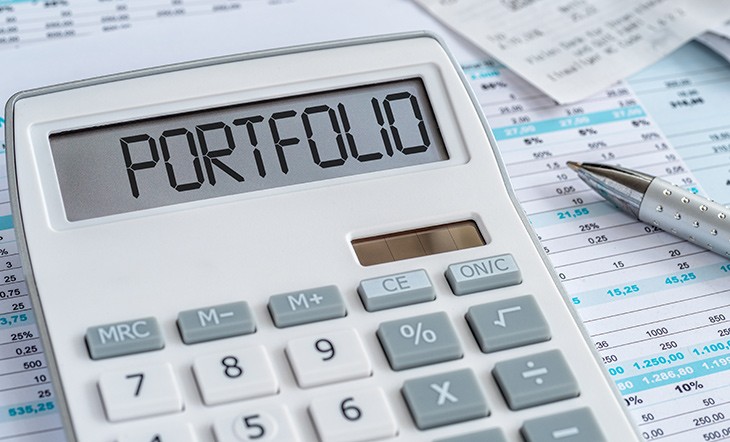




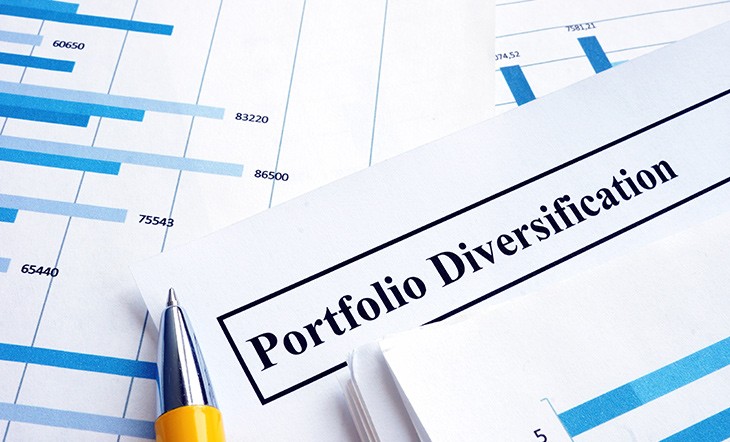
.jpg)
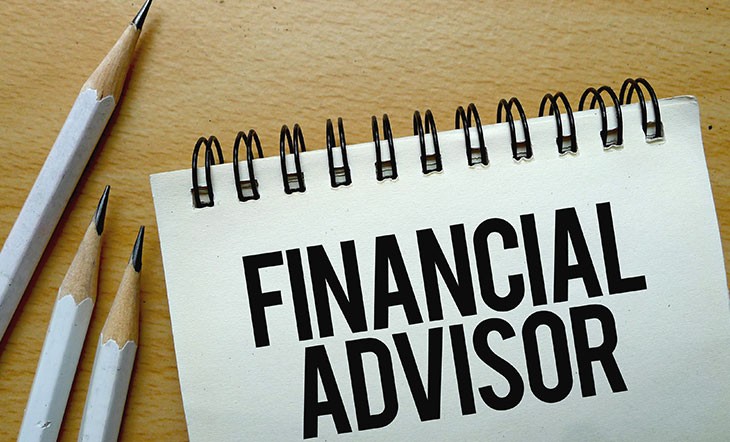
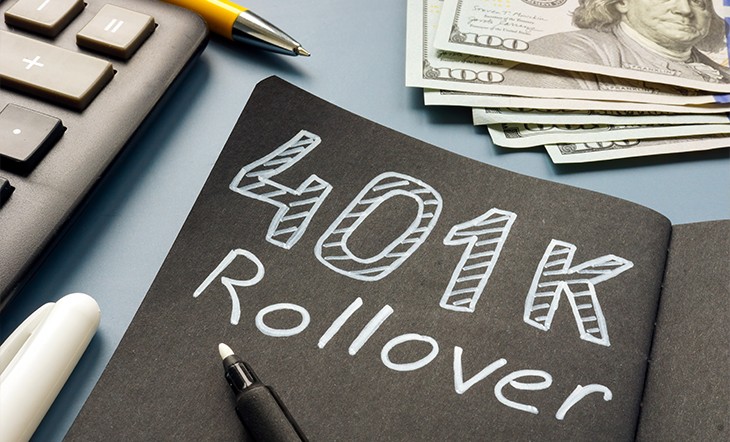



.jpg)

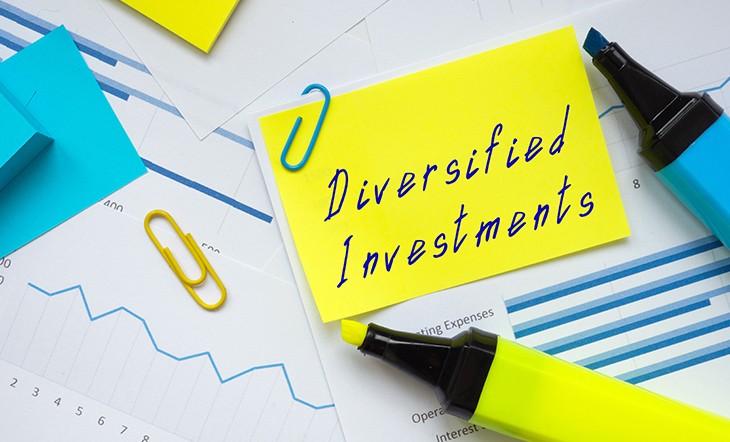
.jpg)


.jpg)

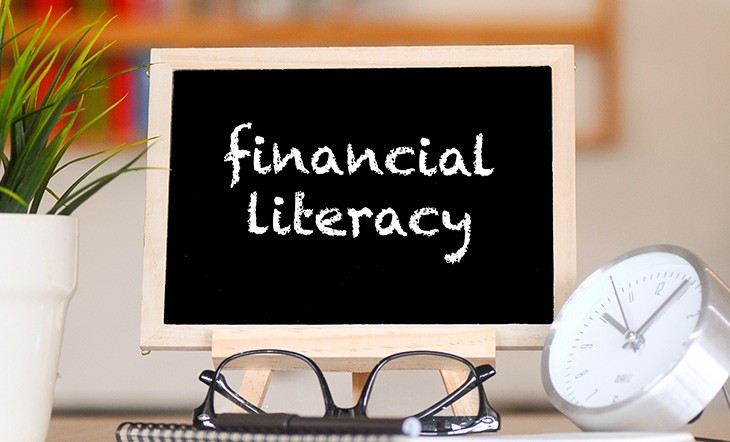







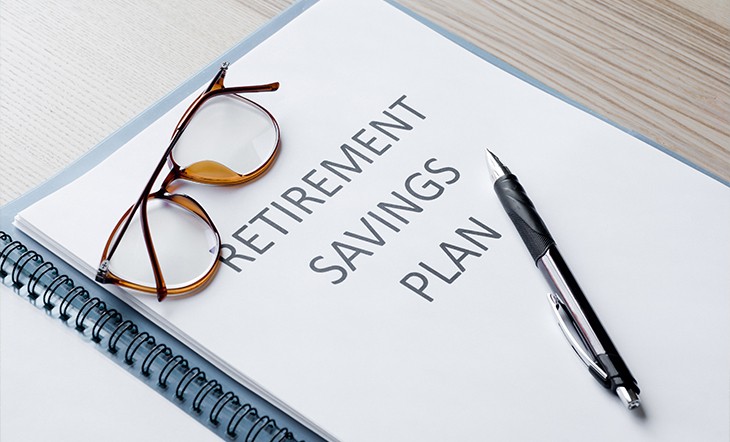
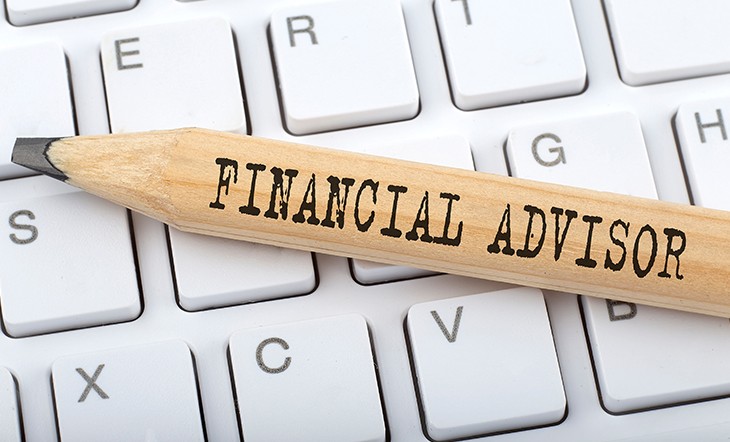



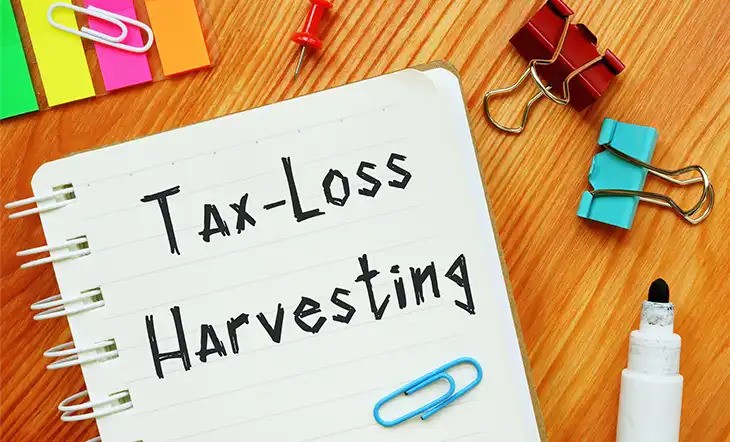
.jpg)



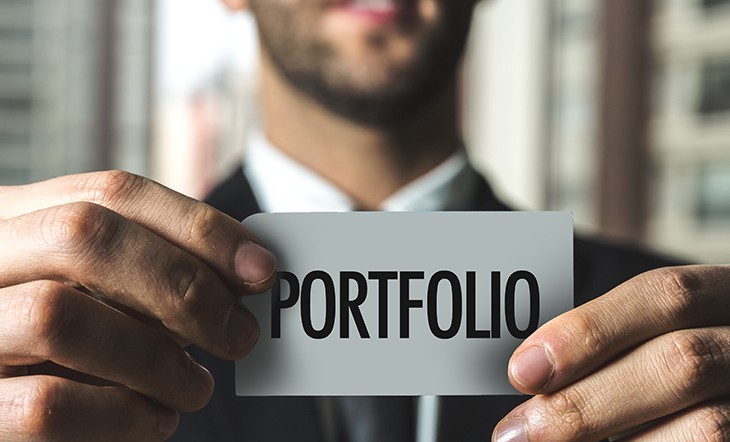
.jpg)




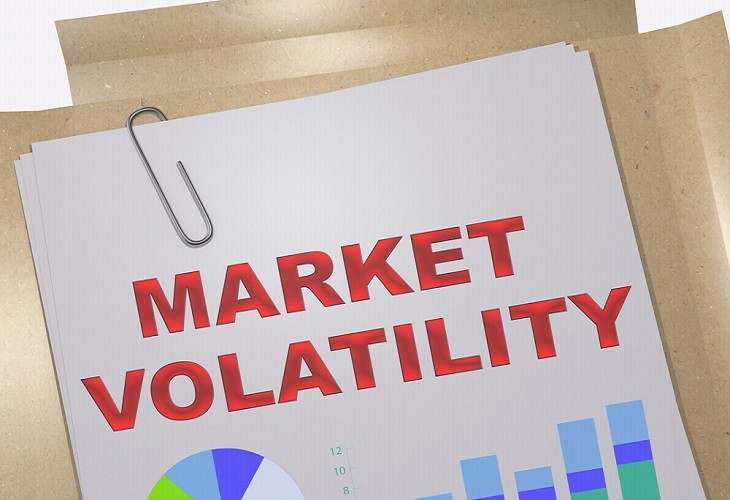
.jpg)

.jpg)



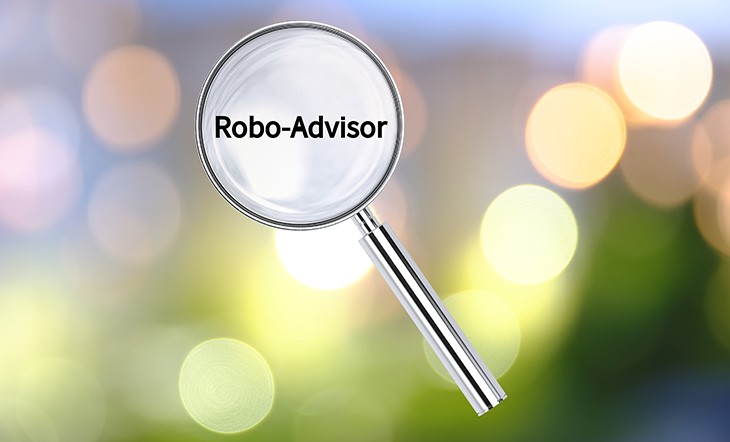


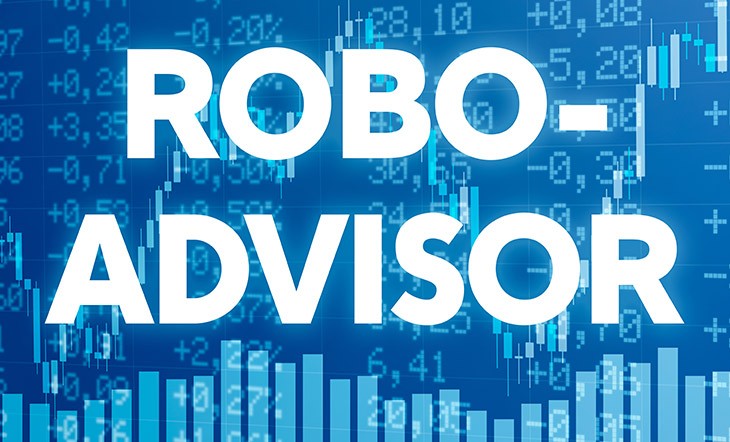
.jpg)

.jpg)






.jpg)
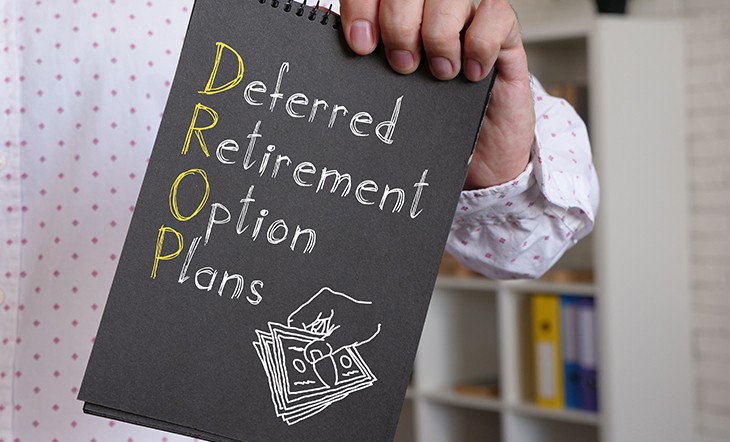


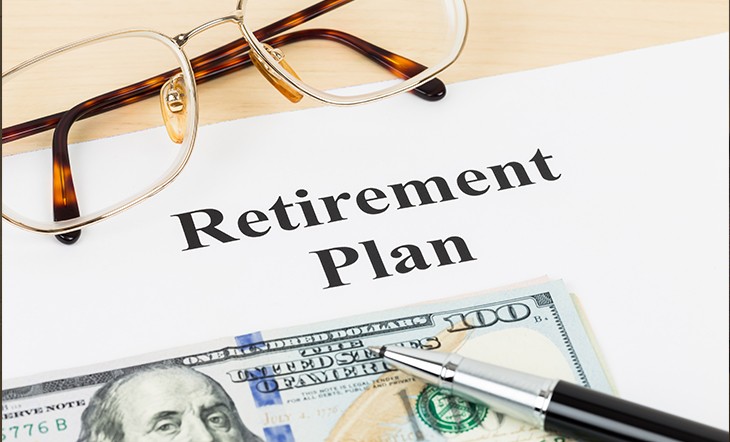
.jpg)

.jpg)


.jpg)
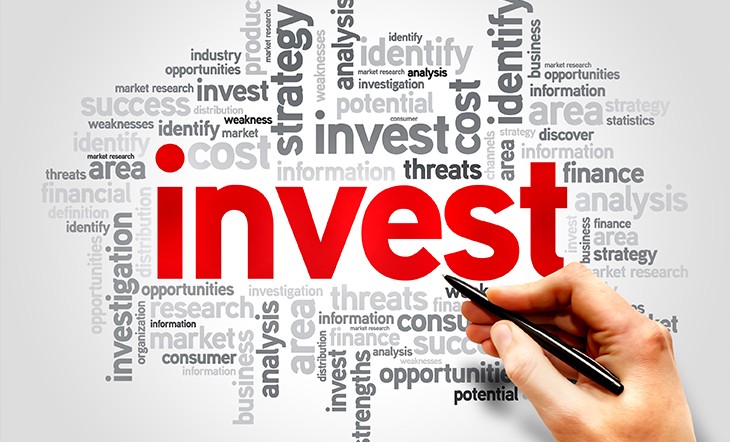
.jpg)





.png)
.jpg)
.jpg)




.jpg)

.jpg)
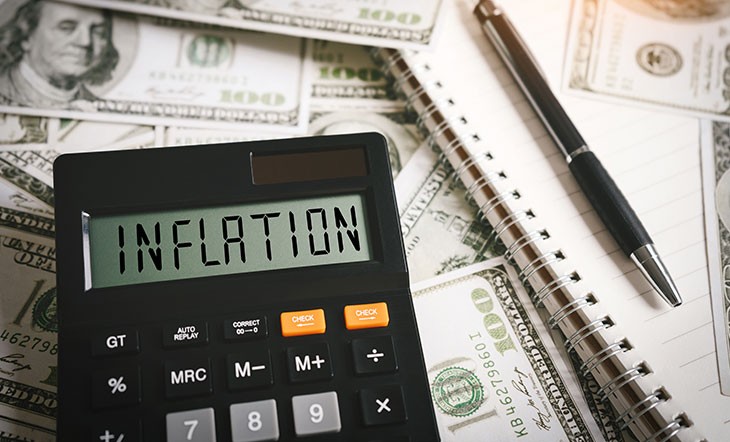
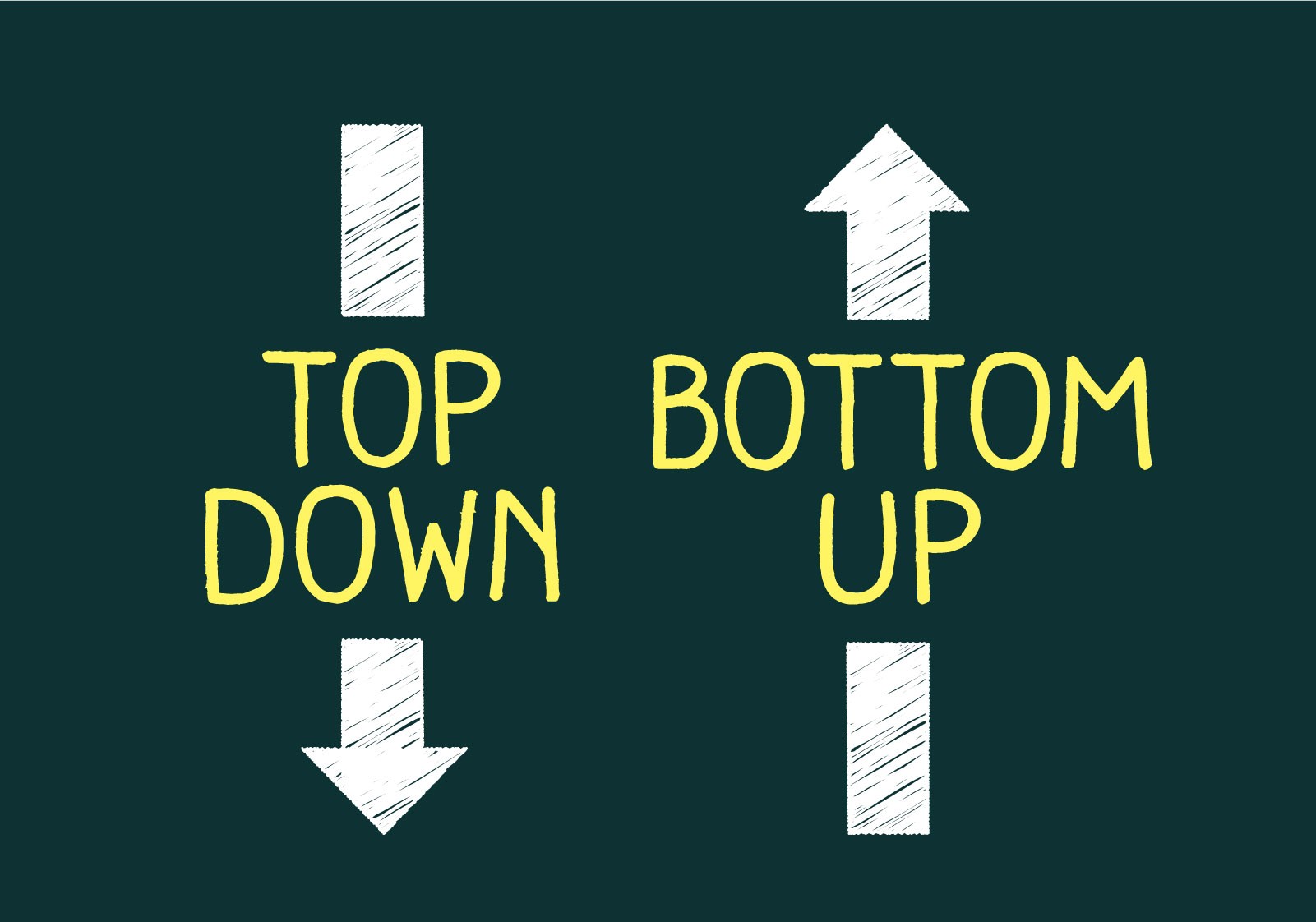
.jpg)



.jpg)
.jpg)


.jpg)
.jpg)
.jpg)
.jpg)

.jpg)




.jpg)


.jpg)
.jpg)



.jpg)
.jpg)
.jpg)
.jpg)
.jpg)
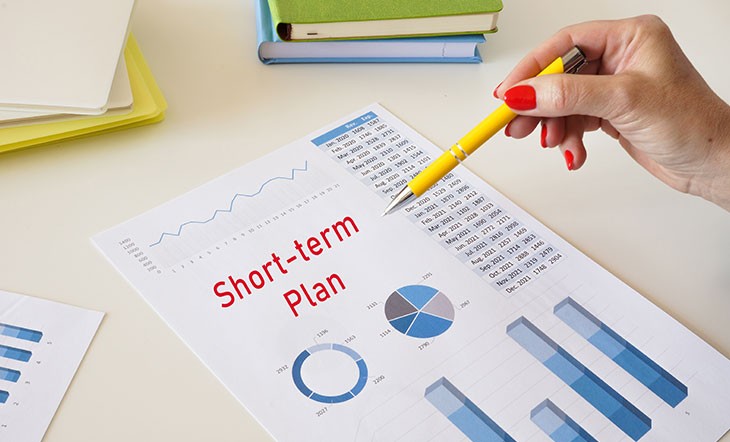
.jpg)

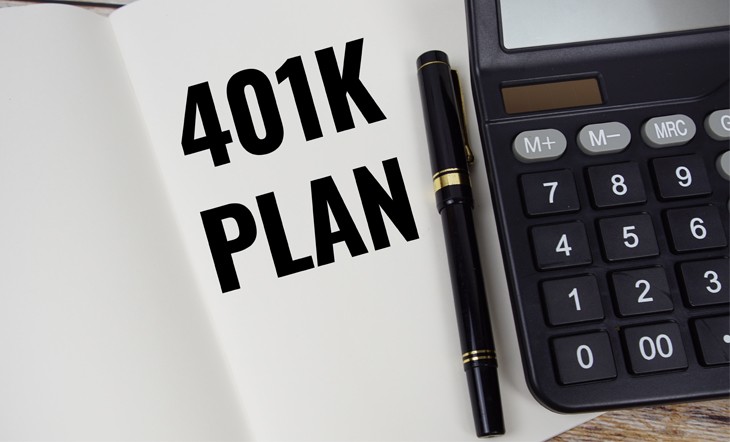
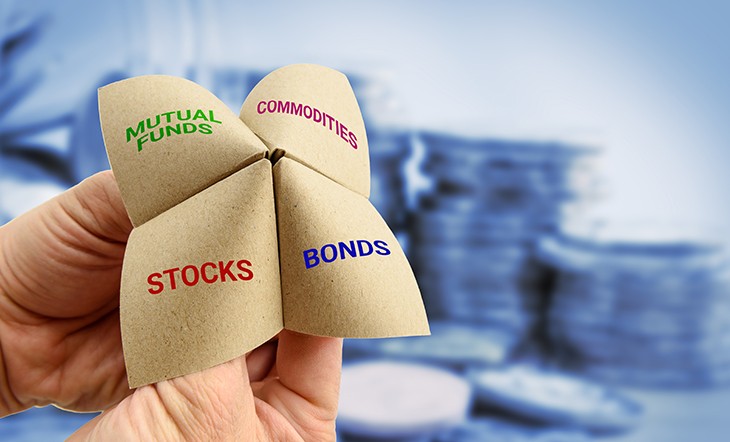

.jpg)
.jpg)
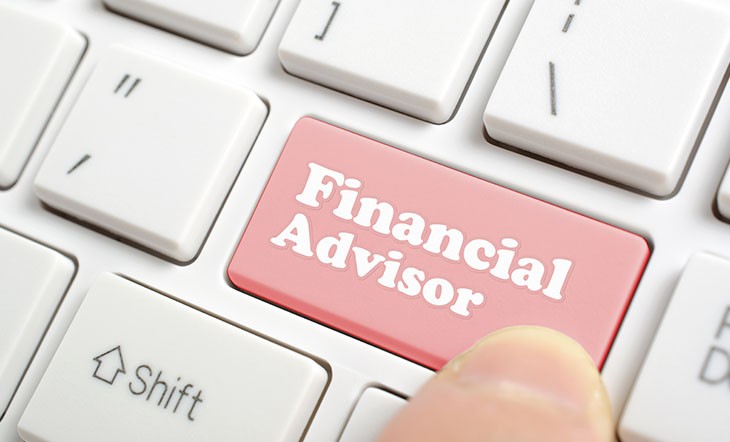

.jpg)
.jpg)
.jpg)
.jpg)

.jpg)









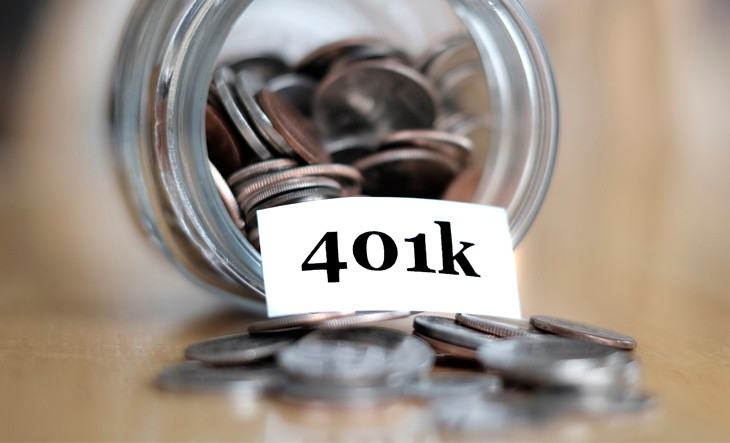





.jpg)
.jpg)



.jpg)



.jpg)












.jpg)



